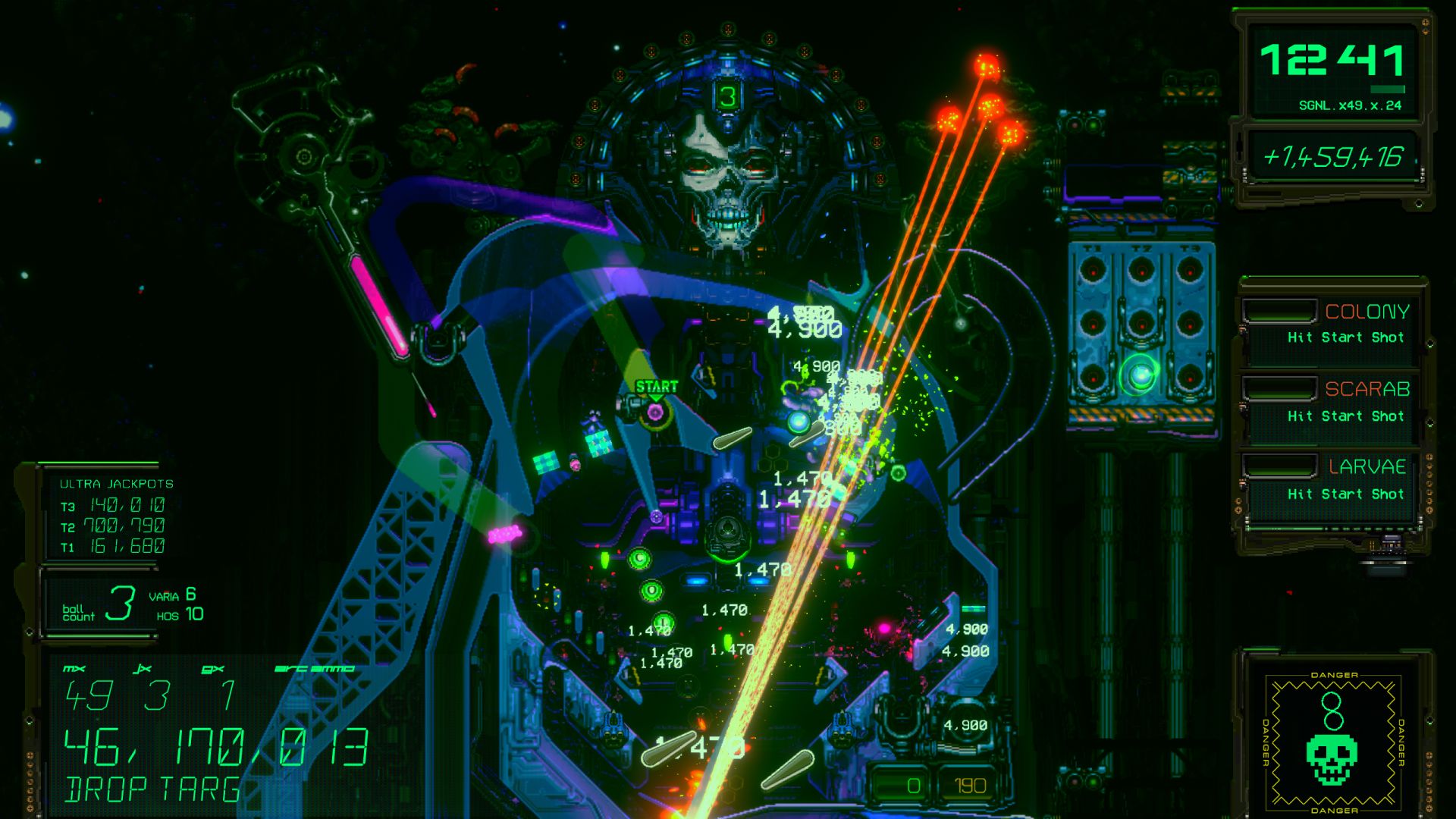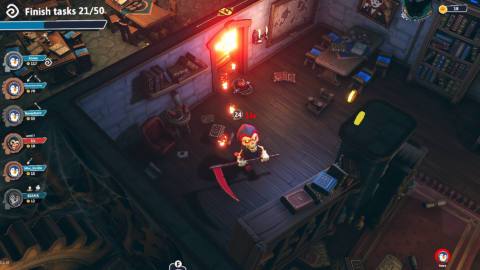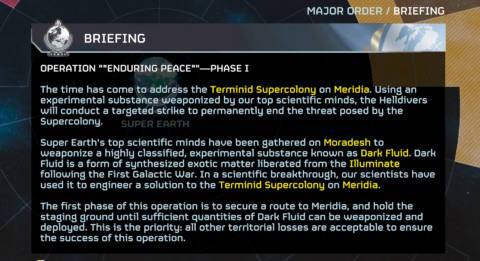What is it? Eyeball-searing cyberpunk pinball bliss.
Expect to pay £12.79/$14.99
Developer Wiznwar, Flarb LLC
Publisher Flarb LLC
Reviewed on Intel i9-13900HX, RTX 4090 (laptop), 32GB RAM
Steam Deck Verified
Multiplayer? No
Link Official site
I thought I could handle this. The developer’s previous “occult pinball action” hit, Demon’s Tilt, has been my go-to Steam Deck game for as long as I’ve owned Valve’s portable. I knew I was in for another round of traditional pinball skill mixed with shmup-like sprays of bullets—been there, done that, got the pentagram-decorated t-shirt.
But no, I was initially as overwhelmed by Xenotilt’s riot of colour, fireworks, and pixelled retro cyberpunk style as anyone. There are energy scythes, cyber-scorpion women, and dragon-adjudicated billiards here. I can pick up ammo drops and fire bright pink snaking lasers at swarms of points-awarding monsters. It’s basically the pinball game I imagine NPCs from Cyberpunk 2077 playing.
Xenotilt has just one table, but it’s so big it’s essentially three different pinball machines stacked on top of each other, each zone feeling like a section of a derelict spaceship with multiple states, moving features, and animated flourishes. I never thought I’d want auto-firing turrets in my pinball games, but now I’ve been given a taste of heaven I’m not sure I could ever go back.
So I spent most of my very short first few attempts admiring all the lights, sometimes with my monitor tilted on its side so I could bask in the game’s vertical glory, acquainting myself with the Game Over screen, and feeling… pretty good about it all, in spite of my poor performance. Even the smallest score multiplier awarded or most basic multiball mode activated sets off a wave of screen-sized celebrations. Xenotilt is always happy to throw a party or 10 in my honour, no matter where I end up on the high score table at the end of it all.
Time, practise, and determination eventually cut through the awe I had for the game’s gorgeous bloom lighting and special effects (both thankfully extremely customisable, leaving me to decide just how distracting I want them to be). I finally spotted the skill shot ramp, and felt pleased with myself when I managed to coax the ball into landing somewhere near it. I started looking for specific lanes and labels, eager to claim the most recent jackpot I’d earned—or strategically add another ball to the perk-granting multiball matrix on the side of the screen.

I never thought I’d want auto-firing turrets in my pinball games, but now I’ve been given a taste of heaven I’m not sure I could ever go back.
This matrix is a three-by-three grid, each space granting a unique ability (from straightforward things like more ammo to a vacuum-like effect on enemies, as if they’re being sucked out of an airlock). They’re all helpful, and there is no one right way to fill it up. Spread the balls evenly across all three columns and you’ll get a great selection of basic boosts. Stick to one for a narrower but eventually more powerful array of abilities—and the chance to hit the multiball activator afterwards, unleashing these stored balls onto the table and causing points-scoring mayhem. But—of course there’s a but—do you wait until you’ve filled all three, or play it safe and release the multiballs as soon as possible? And do you want to at all, considering you only get the matrix’s perks when the balls are resting in their slots?
In spite of the outlandish nature of some of Xenotilt’s features—it’s not every day you play a pinball game with a combo meter, or one that actively fights back when you whack it—the game’s reactions are always learnably consistent, and the table isn’t as harsh as its menacing retro-cyber style and taunting vocal commentary (such as the somewhat disgusted “I expect more!” after the final ball drops into the gutter) might imply.
Every major potential point of run-ending failure has some subtle sort of limited-time or limited-use safety net—ready and waiting to stop a game from abruptly ending to a single moment of bad luck. And relative to conventional pinball games, the threshold for using the directional tilt is extremely lenient. It’s practically expected in some areas of the board, as when I need to nudge balls into the desired left lane on the second tier—either sending the ball shooting to the top of the table or back around for some more points-milking in the same area.

Crisis mode is so different it feels like a whole new game, even though it’s still using the same table layout as every other variant.
By the seventh or eighth session, the deeper layers of this evil metal onion were revealing themselves. Score and surviving are important, but I was starting to figure out that Xenotilt is all about cycles of objective completion. And getting a bit lost in the jargon too, if I’m honest. At least I could take a peek at the quick help section if I wanted to go over the basics (like “What the heck is a ‘charge pop’ anyway?”). Every loading screen comes with a useful tip to try and keep in mind, the pause menus describe the multiball matrix bonuses in full, and whenever I try a new mode I’m greeted with a short explanation of its core features.
Xenotilt’s EX variant includes score-enhancing survivors to permanently unlock and recruit, as well as “tri-gifts”—powerful effects only awarded after performing a “core overkill” on one of the table’s bosses. Hardcore mode’s most obvious change is the use of slightly smaller flippers, which demand tighter ball control and expert use of the tilt function to make sure the single life I’m given lasts for as long as possible. Crisis mode is so different it feels like a whole new game, even though it’s still using the same table layout as every other variant. This is a high-pressure time attack mode with a completely different set of priorities: the only thing that matters here is surviving as long as possible, and to do that I have to risk it all by going after the time-adding targets on the table.

There have been times I’ve started a new game so fast after finishing the last one that I didn’t even take in my score.
Whatever mode I’m playing, it’s always tense and exciting and I feel like my knowledge and abilities are being tested in an interesting way. For every one thing I master there are another dozen new challenges waiting in the wings, ready to send my scores higher than ever before—if I can get the hang of them. On very good runs I end up with random bonuses that dwarf scores I used to need three balls to earn. Not that I always notice my final tally: there have been times I’ve started a new game so fast after finishing the last one that I didn’t even take in my score. Seeing where I’ve landed on the leaderboard could wait for later, because in those moments I just needed to play more Xenotilt.
Pinball paradise

Xenotilt isn’t just pinball for people who already know they like pinball games. It’s a pinball for people who love the thrill of seeing arcade-style skill converted into raw points. It’s pinball for people who like the thought of suddenly having to attack the exposed heart of a cyber dinosaur skeleton that’s busy pummelling a metal ball with neon pink breath lasers and ice attacks. It’s pinball for people who dream of playing a table that lights up like the Terminator’s Christmas tree. It’s even pinball for people who think they don’t like pinball, the game different enough—and encouraging enough, thanks to the help on offer and the presence of a challenge tracker that always seems to be on the cusp of recognising another achievement—to offer an attractive, understandable, and unusual approach to the genre.
The fact that a great game lasts mere minutes and a full restart takes just a few seconds makes this the perfect game for all occasions, whether I’ve got 15 minutes and a Steam Deck in hand, or an entire free evening in front of my PC.
I should warn you though, if you’re anything like me you can kiss your life goodbye once you start playing.






